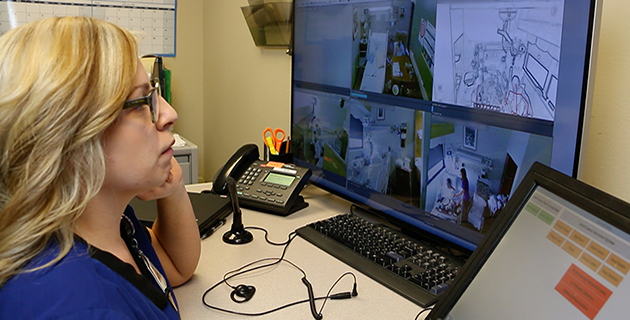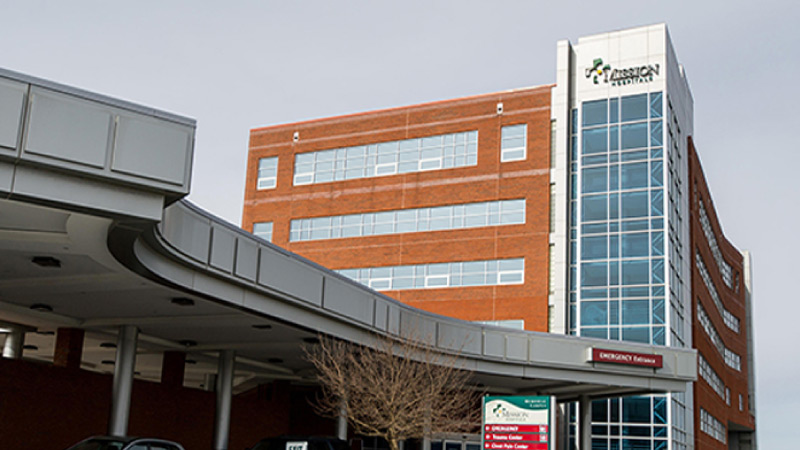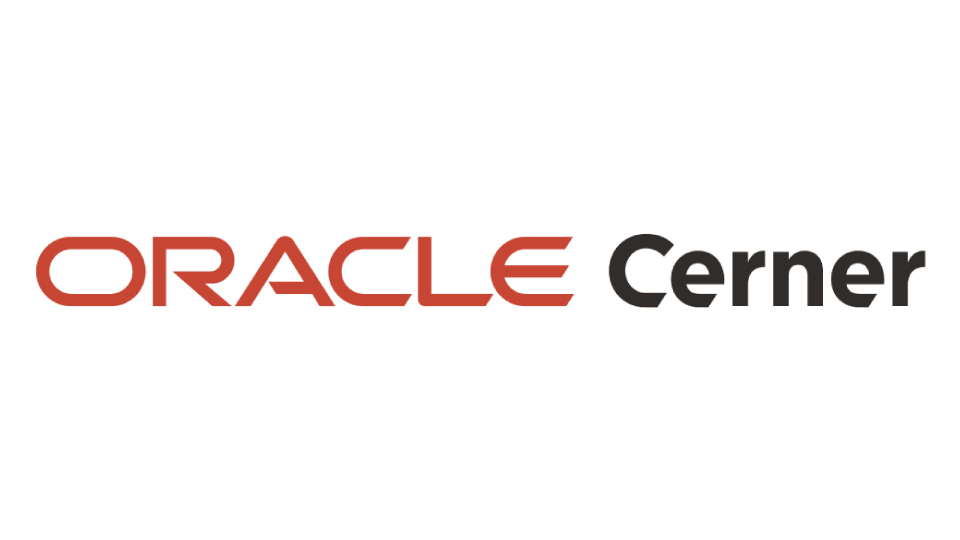Mission Health pilots Cerner Patient Observer, results in zero falls, ROI and planned future enhancements
Mission Health is piloting a brand new observation solution to help reduce patient falls, especially falls with injury. Through a testing partnership with Cerner, the Asheville, N.C.-based health system added Cerner Patient Observer™ to six neurosciences unit patient beds in August 2015.
During the 3-month study, the average falls rate – as measured per 1,000 patient days of care – dropped from four per month to zero.
“Falls are something that several well intentioned interventions have not solved,” said Marc Westle, DO, FACP, senior vice president of innovation. “No one wants their patient hurt, and it causes unreimbursed costs.”
Patient falls can cause increased lengths of stay and greater liability. According to a study published by The Joint Commission, a fall with injury costs an average of $14,000. By preventing just 20 falls with injury, a hospital could save near a quarter of a million dollars.
“Any unit with a falls problem should have this solution,” said Westle.
Team efforts to optimize
The pilot project, led by the Mission Center for Innovation, began with an introduction of the technology in 2015. Through a rigorous process of defining a falls risk use case, Mission Center for Innovation collaborated with Mission Hospital's Neurosciences unit, which had a complex patient demographic and a historically high falls rate.
The Neurosciences clinical team developed a fall risk algorithm to identify the “highest risk” patients admitted to the unit. Patients meeting specific criteria and thereby identified as candidates were informed of the new technology and monitored during their stay.
Frequent project meetings were held to discuss the pilot results and identify opportunities for improvement. These improvements, both process and technology related, were then shared with Cerner and used to optimize the solution.
“Even with the early versions of the software we had very few problems, and we were able to create shortcuts for our users and reduce the number of clicks needed for basic functionality,” said Randy Burkert, manager of Mission Center for Innovation.
The team effort and overall collaboration between Mission Health and Cerner resulted in not only improving the technology, but building an efficient clinical workflow to enhance overall patient care.
Avoiding sitter costs
Traditional approaches to monitoring patients with a falls risk often include the use of a sitter stationed in the room with each patient.
The challenges with physical one-to-one sitters are at least two fold. First, sitter resources are limited and may not be available as patient needs are presented. Second, sitter costs add up quickly and can account for a significant portion of a unit’s budget.
With the help of Cerner Patient Observer, Mission Health can now monitor six in-room patients with a single remote monitoring technician from a single remote monitoring station.
The remote monitoring technician uses the solution’s 3D cameras to create “motion zones” around the patient’s bed or chair. When movement is detected in an “alert zone,” the system alerts the remote monitoring technician. That person can intervene immediately and remotely redirect the patient using the solution’s two-way audio, and escalate as needed.
“The camera systems are available, rapidly deployed and easily set-up in the patient room,” said Burkert.
Additionally, the system allows for Mission Health to avoid excessive sitter costs while increasing patient safety. The example below shows both documented and projected cost avoidance.
With six cameras and a 94-day pilot, Mission Health was able to monitor 8,615 patient hours. This is equivalent to $103,380 in one-to-one sitter costs that were avoided by successful use of the patient observer solution. With plans to expand to 72 cameras across the enterprise, this would equate to 401,189 patient monitoring hours per year, equivalent to $4.8 million in avoided sitter costs.
Additionally, leadership believes they haven’t yet tapped the full monitoring potential of the solution and a plan is in place to optimize the ratio of patients per monitor technician. When taking into consideration the cost for the monitor technicians and increasing the ratio even slightly, annualized cost avoidance estimates are still close to $4.0 million.

The future just-in-time
The move to Cerner Patient Observer is the first step of Mission Health’s plan for enterprise-wide just-in-time communication.
“Preventing a fall is critically important; however, this is also about using technology in a patient-centered approach to better communicate with patients,” said Westle. "The technology has the potential to improve overall communications between the patient and the right care team member, at the right time.”
Mission Health plans to complement patient observation with Cerner’s device integration offerings, including its smartphone communication solution, CareAware Connect™. The solution will allow care teams to automate alerts and create secure text communication.


